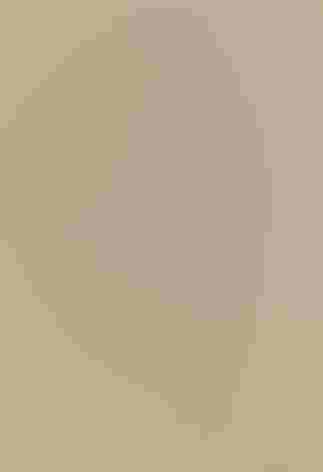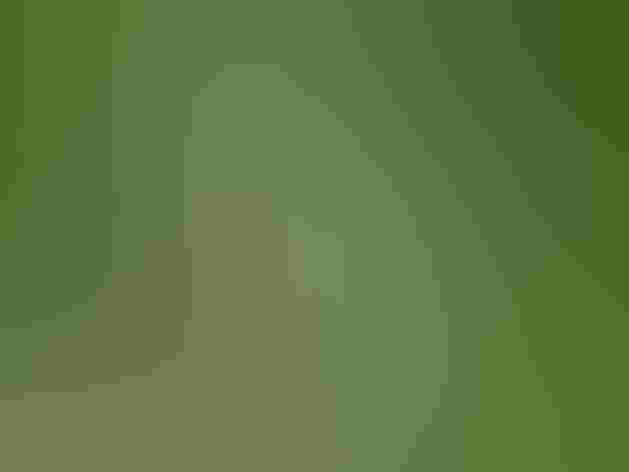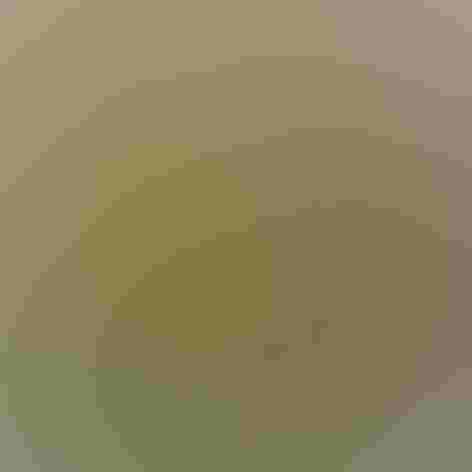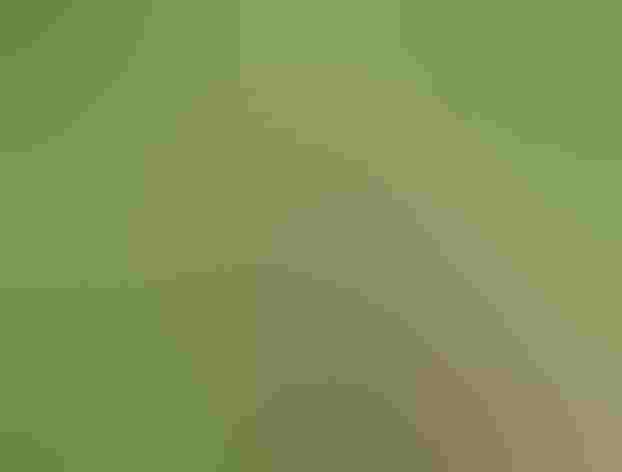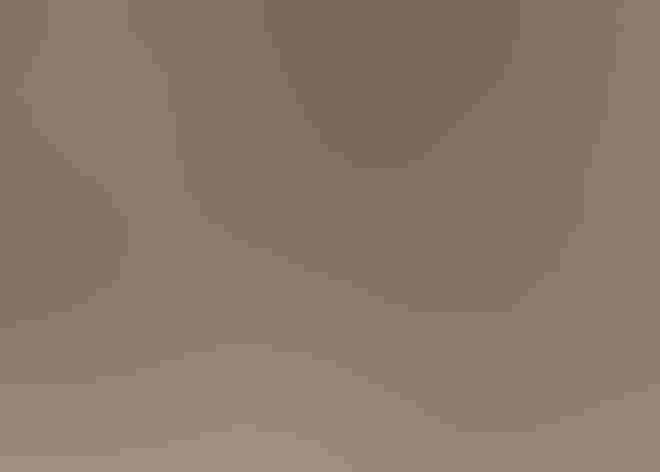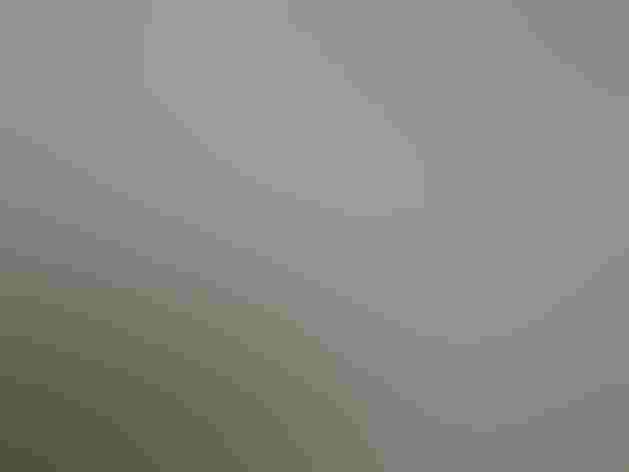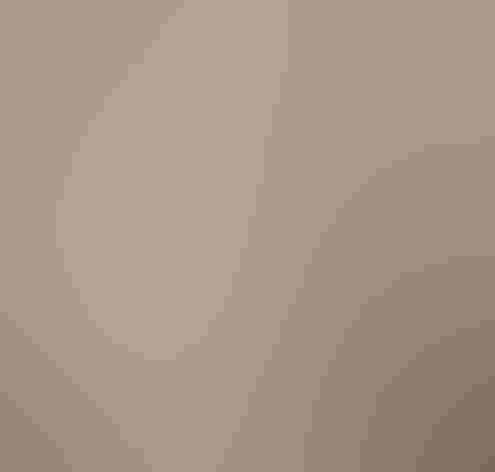House Sparrow
At a Glance
One of the most widespread and abundant songbirds in the world today, the House Sparrow has a simple success formula: it associates with humans. Native to Eurasia and northern Africa, it has succeeded in urban and farming areas all over the world -- including North America, where it was first released at New York in 1851. Tough, adaptable, aggressive, it survives on city sidewalks where few birds can make a living; in rural areas, it may evict native birds from their nests.
All bird guide text and rangemaps adapted from Lives of North American Birds by Kenn Kaufman© 1996, used by permission of Houghton Mifflin Harcourt Publishing Company. All rights reserved.
Category
Old World Sparrows, Perching Birds
Conservation
Low Concern
Habitat
Fields, Meadows, and Grasslands, Urban and Suburban Habitats
Region
California, Eastern Canada, Florida, Great Lakes, Mid Atlantic, New England, Northwest, Plains, Rocky Mountains, Southeast, Southwest, Texas, Western Canada
Behavior
Direct Flight, Flitter
Population
740.000.000
Range & Identification
Migration & Range Maps
Permanent resident over most of its range, including throughout North America.
Description
5-6 1/2" (13-17 cm). Male has black bib, white cheeks, gray crown, chestnut nape. Female also attractive with a close look, with pale buff eyebrow, plain gray chest, stripes of black and buff on brown back.
Size
About the size of a Robin, About the size of a Sparrow
Color
Black, Brown, Gray, Tan, White
Wing Shape
Fingered, Rounded
Tail Shape
Notched, Rounded, Square-tipped
Songs and Calls
Shrill, monotonous, noisy chirping.
Call Pattern
Falling, Flat
Call Type
Chirp/Chip, Rattle
Habitat
Cities, towns, farms. General surroundings vary, but in North America essentially always found around manmade structures, never in unaltered natural habitats. Lives in city centers, suburbs, farms; also around isolated houses or businesses surrounded by terrain unsuited to House Sparrows, such as desert or forest.
Sign up for Audubon's newsletter to learn more about birds like the House Sparrow
Behavior
Eggs
Usually 3-6, sometimes 2-7, rarely 1-8. Whitish to greenish white, with brown and gray dots concentrated toward larger end. Incubation is by both parents, 10-14 days.
Young
Both parents feed the nestlings. Young leave nest about 2 weeks after hatching. 2-3 broods per year.
Feeding Behavior
Forages mostly while hopping on ground. May perch on weed stalks to reach seeds. Adaptable in seeking food, may take smashed insects from the fronts of parked cars, or search tree bark for insects. Comes to bird feeders for a wide variety of items.
Diet
Mostly seeds. In most situations, great majority of diet is weed and grass seeds or waste grain. Also eats some insects, especially in summer. In urban surroundings, also scavenges crumbs of food left by humans.
Nesting
In courtship, male displays by hopping near female with his tail raised, wings drooped, chest puffed out, bowing and chirping. Often breeds in small colonies. Pairs defend only a small territory in the immediate vicinity of nest, chasing away all intruders. Nest: Usually in an enclosed niche such as cavity in tree, hole in building, rain gutter, birdhouse, nests of other birds. Where such sites are scarce, will nest in open in tree branches. Nest (built by both parents) is made of material such as grass, weeds, twigs, trash, often lined with feathers. Inside enclosed space, material forms foundation; in open sites, nest is a globular mass with entrance on side.
Climate Vulnerability
Conservation Status
Probably has affected some native birds by competing for nest sites and food. Eastern population peaked around 1900, has been gradually declining in recent years.
Climate Threats Facing the House Sparrow
Choose a temperature scenario below to see which threats will affect this species as warming increases. The same climate change-driven threats that put birds at risk will affect other wildlife and people, too.

